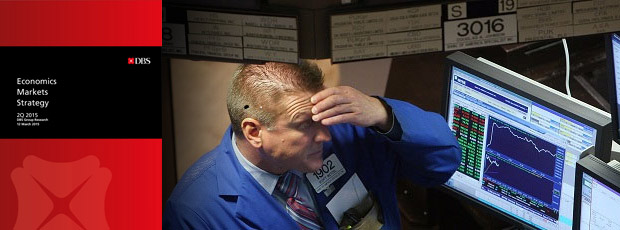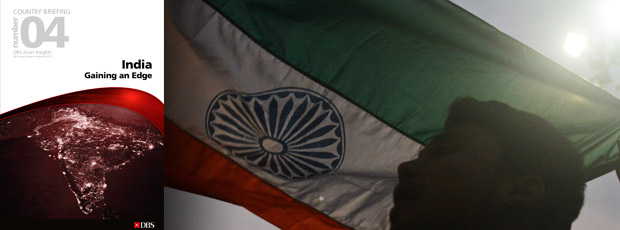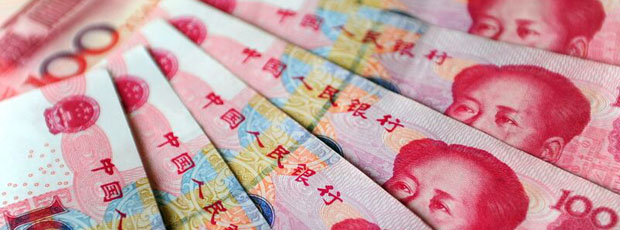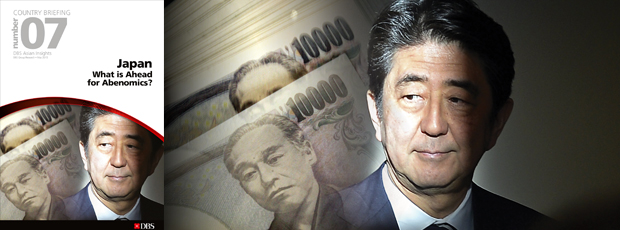3/12/2015
Global / Economics

Many think the US is taking off while both Europe and Japan are headed over the cliff. But the real divergence in the global economy is due to Asia’s growth.
The markets are being driven by a perceived “divergence” between the US on one hand, and Europe and Japan on the other. But is this perception real?
The argument goes like this: The US is taking off while both Europe and Japan are headed over the cliff. The US Federal Reserve is about to hike interest rates while the Bank of Japan (BoJ) and the European Central Bank (ECB) are pursuing new or additional quantitative easing (QE) policies that will “inject large amounts of liquidity into their economies”.
Most of this divergence, however, is imagined.
The US is not doing much better than it has done for the past five years. And, Europe and Japan are not doing much worse.
The Fed may be on the cusp of hiking interest rates, but the data continue to suggest that it does not need to. And, if the Fed does pull the trigger, the odds are it will proceed much more slowly afterwards than it ever has in the past.
Meanwhile, the ECB and BoJ may expand their balance sheets further, but that does not mean they are “injecting” so much as a cent into their economies. Unless banks lend the money they receive into their economies, all is for nought.
The Fed delivered three rounds of QE over six years and growth never accelerated. US inflation has been falling for three years, and most of this has nothing to do with lower oil prices. Ninety percent of the QE money the Fed is said to have “injected” into the economy went nowhere except into the Fed’s basement in the form of excess reserves. Banks prefer to leave it there than to lend it into the economy.
The situation is no different at other central banks, which is why many -- including the ECB -- now pursue negative interest rate policies. They charge private banks to leave funds there, in the hope that they will lend them into the economy instead.
Japan offers the clearest example of the impotence of QE. Over the past 20 years the BoJ’s balance sheet has risen to 65% of GDP (compared with the Fed’s 25% and the ECB’s 21%). Will pushing it to 85% or 95% of GDP -- as the BoJ intends -- do the trick? Of course not. If the money does not flow into the economy, another 200% of balance sheet expansion will not accomplish anything. You can lead a horse to water but you can’t make it drink.
Where does that leave things? The US is still grinding ahead at a 2.25% pace, just as it has for the past five years. Europe and Japan are still creeping ahead at a 0.75% to 1% pace, just as they have for the past five years.
QE doesn’t inject any liquidity anywhere. And the Fed, if it tightens at all, will proceed more slowly than it ever has in the past. Divergence? Not really. Not here.
The real divergence is in Asia. Not in the sense that it is suddenly accelerating. It is not going to. It will grow at about a 6.25% pace in 2015. Like in the G3, that rate is about as it has been for the past five years.
The divergence lies in what 6.25% growth means. At that growth rate, Asia “adds” a Germany to the world’s economic map every three and a half years. Look around, Asia has already grown nearly two “Germanys” since Lehman Brothers collapsed in 2008.
That’s the real divergence in the global economy. And, it will only widen in the years ahead. It’s a big deal, with big implications for oil prices, capital flows, middle class consumption, urbanisation, and pretty much anything you can think of.
It is the biggest structural change going on in the global economy today.
To read the full report, download the PDF.




